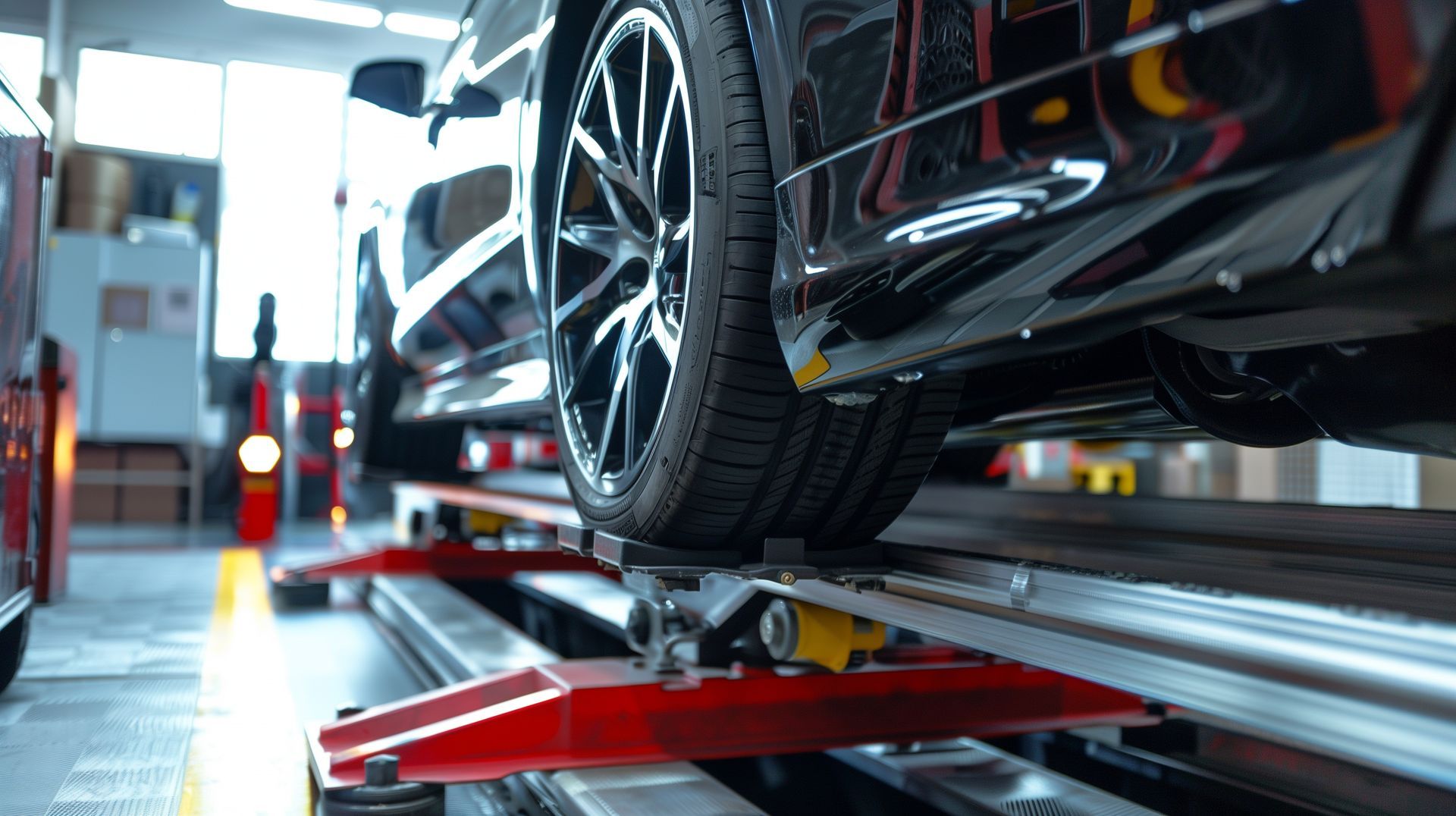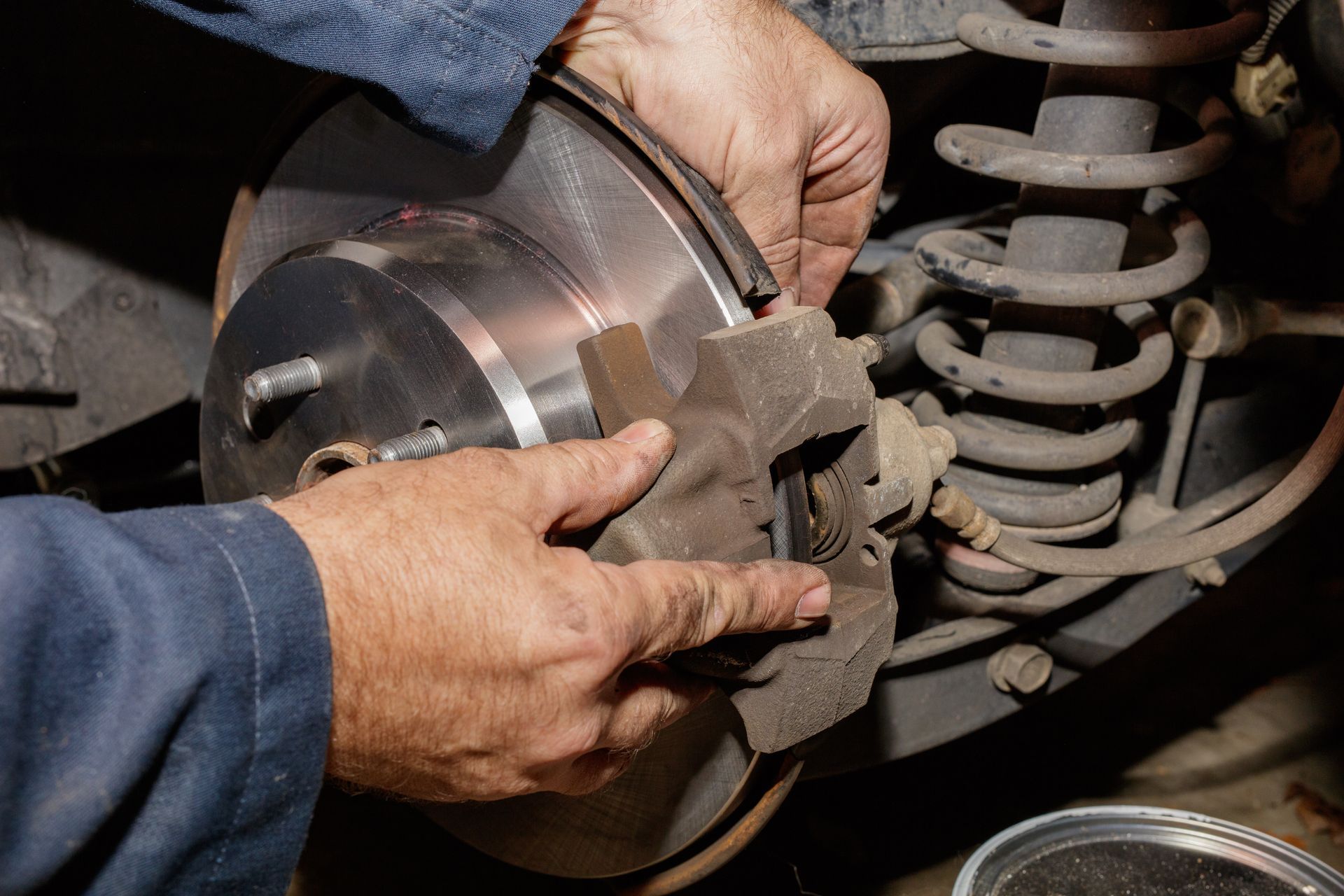How to Spot Transmission Problems
There's no nice way to put it, but major transmission repairs can be very expensive and can cost more than an older vehicle is worth. The best course of action is to identify and address transmission problems before they lead to major failure. The best things you can do for your vehicle's transmission are to keep up with preventative maintenance and pay attention to common transmission problem warning signs.
Keep up with Preventive Maintenance
The best ways to care for your vehicle's transmission are to follow the OEM's suggested transmission fluid change schedule and have a mechanic inspect the transmission at regular service appointments. Transmission fluid changes and flushes replace some or all of the old fluid to remove old, degraded fluid and replace it with fresh fluid to improve lubrication and cooling. A mechanic will check the fluid level and condition in an inspection, which can identify issues well before they become expensive problems.
Pay Attention to Warning Signs
When a transmission is running into problems, it usually gives clear warning signs that are easy to spot when you know what to look for. Transmission failure is typically a gradual process and the symptoms will worsen over time, but as soon as you notice them you should take action while the issue remains a mild inconvenience. If your transmission is doing any of the following things, you should have it checked out:
- Rough Shifting: A properly functional transmission gives a smooth drive, so if you feel a "kick" or a "jump" when accelerating, the transmission is malfunctioning and shifting poorly. The rough shifting jerk makes it easy to tell when the transmission changes gears.
- Gear Slipping: A slipping transmission fails to engage new gears when shifting properly and is often caused by low or dirty transmission fluid. The tell-tale sign of a slipping transmission is when the engine revs faster, but the vehicle isn't getting any power. Slipping transmission shifting can feel delayed or erratic.
- Transmission Fluid Leaks: Transmission fluid leaks always indicate an issue. It's common for vehicles to leak fluids, and it can be difficult to tell them apart, but transmission fluid is notoriously difficult to clean up. Transmission fluid is typically dyed bright red, so it's easy to identify if it's fresh, but the color will fade if it gets absorbed into the ground.
- Burning Smell: People describe burning transmission fluid as smelling like burnt toast, so if your vehicle smells like burnt toast inside or outside, it's worth getting the transmission checked out. The problem could range from low fluid levels to malfunctions causing the transmission to overheat.
- Grinding Noises: If there's a good grinding noise associated with vehicles, we still haven't found it. A malfunctioning transmission can make grinding or clunking noises when shifting. It's a huge problem if the grinding noises start when shifting into first gear and never stop.
- No Power or Minimal Power: The engine can't deliver power to the vehicle's wheels without the transmission, so if the engine is revving and working fine, but the vehicle won't move when in gear or gets barely any power, there's likely a big problem with the transmission. If this happens to you, turn off the engine and get it towed in for service to avoid further damage.
Service Your Transmission and Stay on the Road
A malfunctioning transmission can quickly turn from an annoyance to a complete mechanical breakdown that disables the vehicle and requires expensive repairs to get it running again. Your best defense against transmission problems is to detect them early and address them immediately. Contact us at A+ Auto Repair of Redwood City today at (650) 480-0805 for all of your auto service needs.








